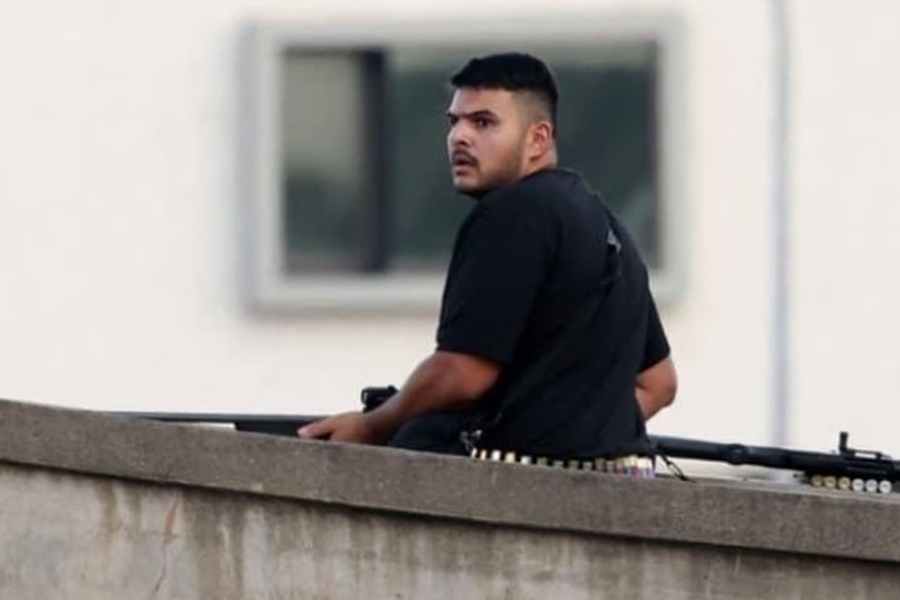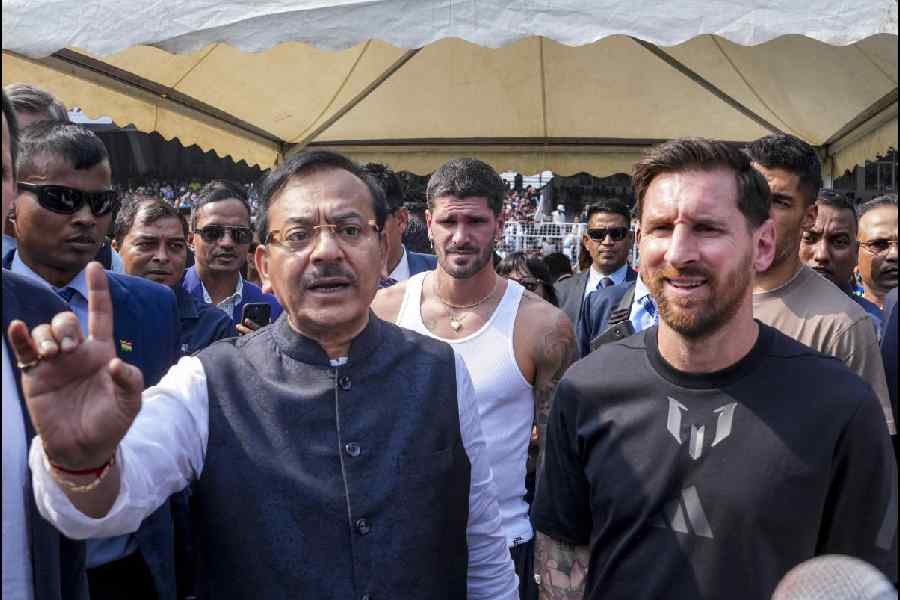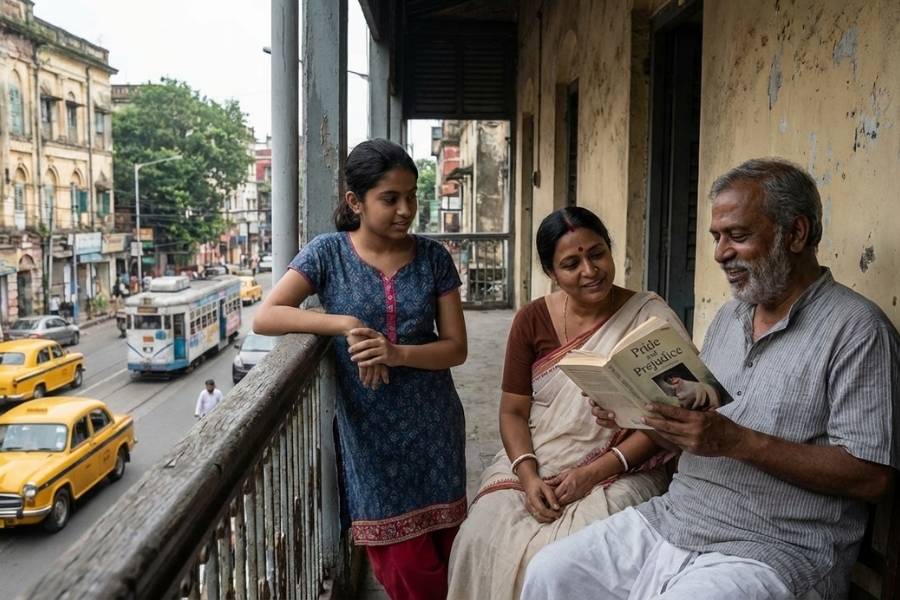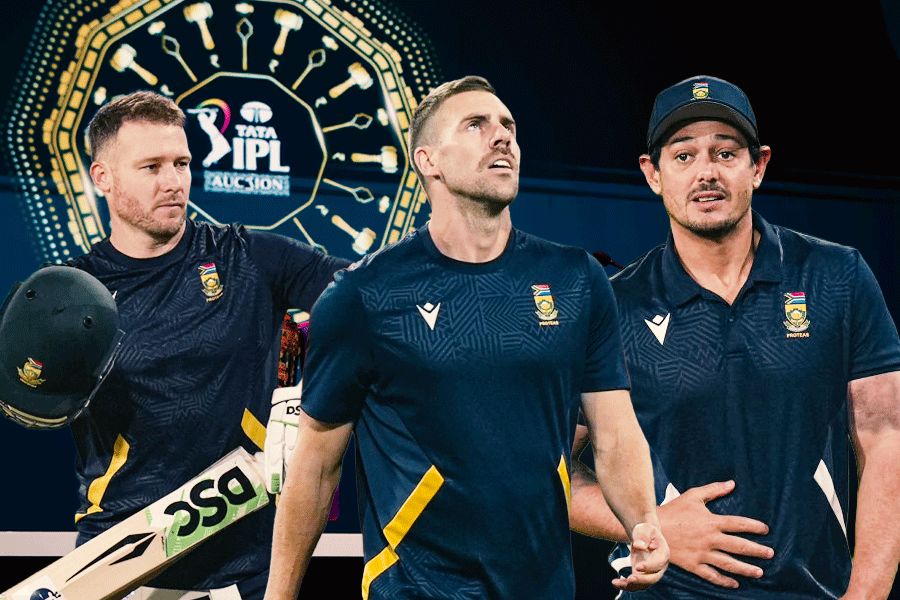The Kolkata Municipal Corporation (KMC) has finalised a standard operating procedure on statues, making it mandatory that new statues are vetted by a civic committee.
The committee will examine whether a pavement in question will become too narrow for pedestrians if a statue is allowed on it; whether the space has any underground utility lines that will be impacted. It will also examine the height and the material of the proposed statue.
The mayoral council of the KMC has approved a standard operating procedure for erecting any statue or bust in the city.
This newspaper had reported on January 7 that around 189 statues and busts were installed in the city between 2013 and 2024.
KMC sources had then said that there was no mechanism to monitor the sculpting of the statues to ensure they resembled those they claimed to represent, nor to determine how tall a statue should be or where it should be placed.
So far, the KMC lacked a committee to scrutinise the proposals to install statues.
“We have approved a standard operating procedure that will be followed if we get an application for a new statue. A committee will examine the proposal. One can’t simply install a statue at will,” mayor Firhad Hakim told Metro.
KMC sources said an application with a sketch showing the exact location of the proposed statue or bust; the name of the person whose statue will be installed along with a brief biography; the material to be used; the name of the sculptor; the funding for the construction and maintenance and an undertaking that the statue or bust will be maintained will have to be submitted.
KMC officials will inspect the proposed site and report whether it is feasible.
The report will mention the width of the footpath — pavements in the city are between 1 metre and 4 metres wide — and whether allowing the statue there will make walking difficult.
The inspection report will be placed before a committee headed by the mayoral council (parks and squares) that will have the additional municipal commissioner and the chief engineers of five departments of KMC as its members.
Each proposal, which will pass several stages of approval, will finally need a nod from the mayoral council.
During the construction, the executive engineer of the borough will have to supervise the work and ensure that the approved plan is followed.
A KMC official said that now that an SOP and a committee had been formed to approve proposals for new statues, the KMC can take stricter action against illegal statues.
“The KMC Act gave the civic body the power pull down any unauthorised structures in a public space, but the creation of the committee gives us another tool to act against illegal statues,” said the official.
An RTI query to the KMC last year had revealed that of the 189 sculptures, 153 were of men, 32 were of women, and 4 represented concepts such as a language martyr.
The absence of Ambedkar’s statue from the list was striking. Besides, there were only two Muslims on the list: Maulana Abul Kalam Azad and Kazi Nazrul Islam.











